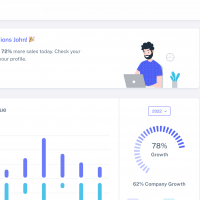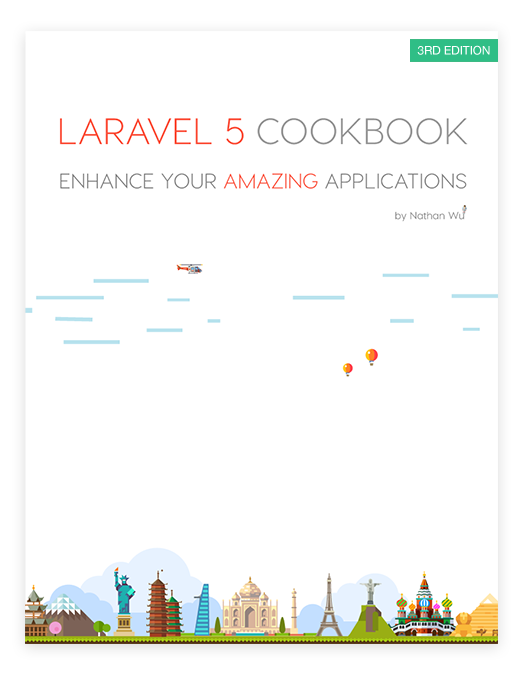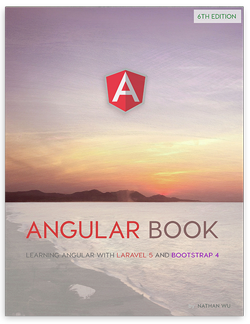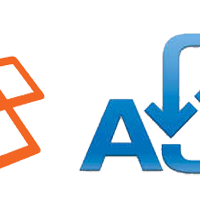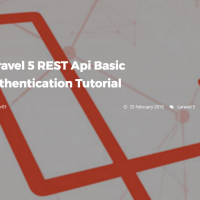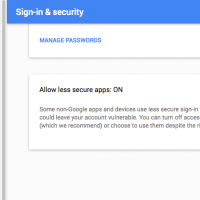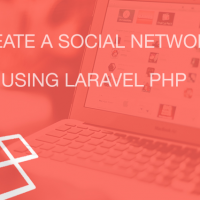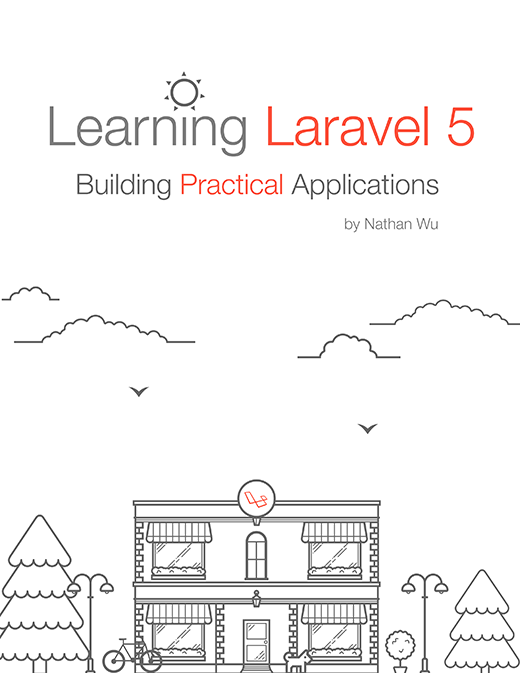Laravel Homestead - Easy steps to a working installation
Abbas Haroon wrote a nice tutorial on how to install Homestead on Windows (can be applied for Mac, too).
Laravel is a great framework. It shaped the way the php community coded. Most of developers comming from other backgrounds usually clone a repository of their Laravel to their work machine and start coding right away. Using WAMP,XAMP,MAMP and so many AMPs through which programmers setup a server in few minutes and starts coding right away.
You will not feel anything wrong about that untill you use Laravel Homestead. If one is using laravel framework to make their code manageable, shouldn't they have a manageable development and production environment as well? Here are few benefits of using Laravel Homestead which is a full development environment packing ubuntu, nginx, php, mysql, redis, nodejs and so on.
- Streamling development and production environment
- Giving ability to controll the resources like CPU, Memory etc per installation
- Runs on top of your own PC/Mac so you can seperate personal files and code on same machine
- Code will run in a production mimicing environment but will be accessable from your browser
Homestead with Troubles?
Though Homestead will make your life easier later, it will be a bit of headache when installing it. The reason is that there are a lot of software and codes involved. Installation of these softawer can sometimes cause problems. Even a slow internet connection can give you nightmares as the Homestead box which vagrant downloads is 1.2 GB and it requires extra fast connection to work in a single go. You should have a TODO checklist when installing Homestead
CheckList
- Download and Install Virtualbox
- Download and Install Vagrant
- Download and Install Homestead "box" from vagrant -- Through provided commands for fast connections -- Manual Download for slow Con
Link:
This post is submitted by our members. Submit a new post.
Tags: Tutorials Laravel 5 Laravel 5.1 Laravel 5.2 Laravel 5.3 Beginner v4.x v4.1 v4.2



